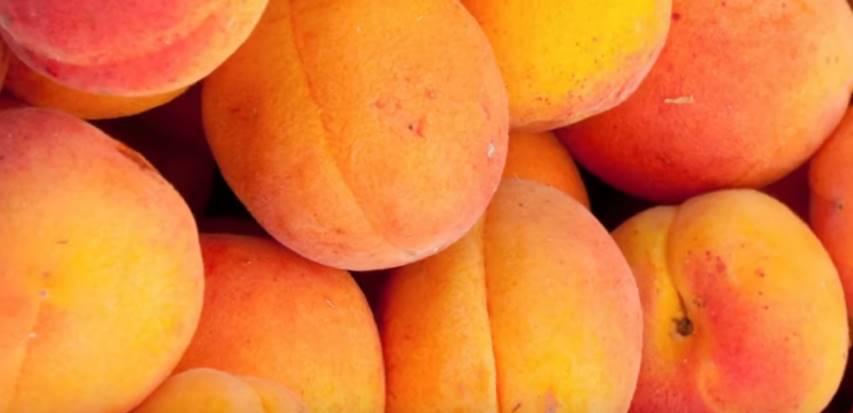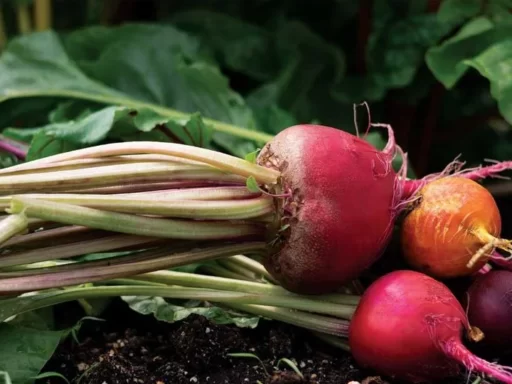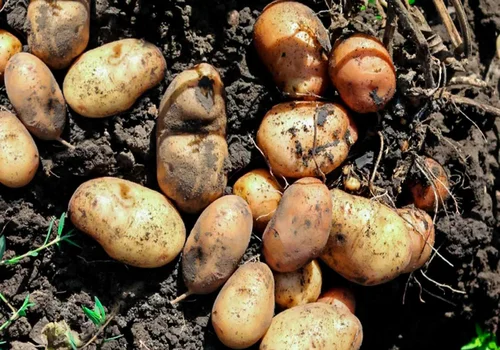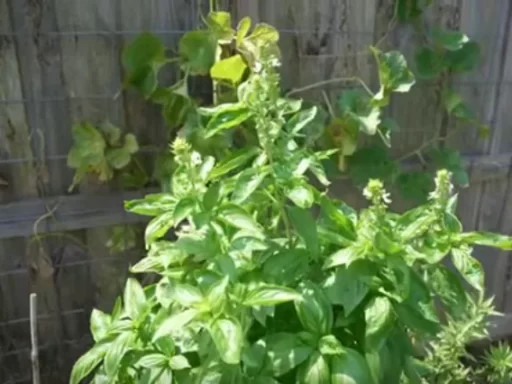Gardening enthusiasts, are you ready to elevate your gardening game with some clever hacks that save time and effort while boosting plant growth and garden efficiency? In this article, we’ll share several innovative ideas to make your gardening experience more rewarding, whether you’re growing in containers, maintaining a compost pile, or dealing with pests. These smart tips will help ensure your garden thrives, and many of these tricks can be implemented with items you already have at home.
1. Use Coffee Filters to Keep Potting Mix Intact
One common problem when gardening in containers is that potting mix often seeps out of the drainage holes when watering, creating a mess. To avoid this, simply place a coffee filter at the bottom of the container before adding soil. The coffee filter allows excess water to drain while keeping the potting mix intact, leaving your garden tidy and clean.
2. Recycle Kitchen Ingredients for Plant Growth
Instead of throwing away outdated kitchen ingredients, consider using them to enhance your garden’s health:
- Milk as a Natural Fertilizer: You can add milk to the soil and lightly fork it in to boost nutrient content. Milk also helps prevent powdery mildew when mixed with water in a 1:10 ratio and sprayed on plant leaves.
- Flour for Nitrogen: Flour provides nitrogen and other micronutrients like calcium, making it a perfect addition for leafy crops. Sprinkle it over the soil before planting or add it to your compost heap in thin layers for a nutrient-rich boost.
3. Compost Kitchen Scraps for Nutrients
Don’t let uncooked plant-based kitchen scraps go to waste—compost them! These scraps are full of nutrients and can be recycled into your garden, enriching the soil and promoting healthy plant growth.
4. Efficient Watering Techniques for Thirsty Plants
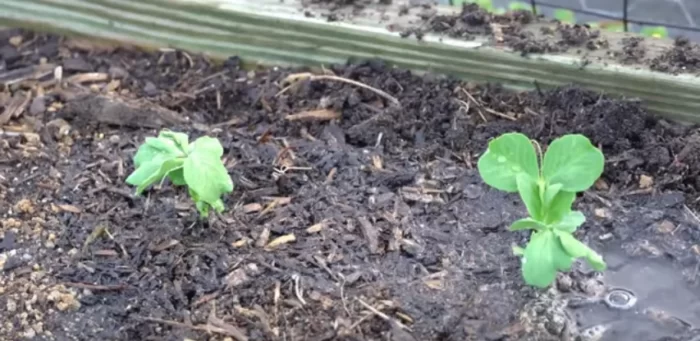
When dealing with recent transplants, such as squash, keeping the soil consistently moist can be challenging. A simple trick is to bury a pot next to the plant and water through the pot, ensuring water reaches the roots directly. An even more effective method is to use a plastic bottle with holes punched in it. Place the bottle next to the plant with the holes facing the roots so the water drains exactly where it’s needed, encouraging healthy root growth.
5. Lazy Composting for Quick Results
If you don’t have space or time to manage a compost bin, you can still compost effortlessly by dumping weeds, trimmings, and old crops directly onto garden paths. Over time, the organic material will decompose, creating nutrient-rich compost that you can easily scoop up and return to your garden beds. This method, often called lazy composting, is incredibly convenient and requires minimal effort.
6. Save Time by Filling Water Barrels
Watering your garden with a hose can be inefficient, especially when water pressure is low. Instead, fill water barrels with rainwater or tap water and use watering cans to water your plants. Watering with cans is often quicker than using a hose, and you can fill multiple cans at once to speed up the process. If you’re multi-tasking in the garden, you can leave your hose to fill the barrels while attending to other tasks, ensuring you don’t waste any water.
7. Protect Seedlings from Pests
Small seedlings are vulnerable to pests like slugs, cutworms, and birds. The best way to safeguard your young plants is to start them in a protected area, such as plug trays or pots. By growing them away from the main garden, you can better control their environment and protect them during their most fragile growth stages. When you’re ready to transplant them into the garden, they’ll be stronger and more resistant to pests.
8. Create Your Own Cold Frame
A cold frame is an excellent way to extend your growing season, but if you don’t have one, you can make your own using a salvaged window pane and straw bales. The straw bales provide insulation, keeping the environment inside warm and cozy, which is ideal for overwintering plants or getting an early start in the growing season. Once the season progresses, you can repurpose the straw bales as windbreaks for young plants or even use them to create raised beds.
9. Build a Vegetable Washing Station
Cleaning vegetables outdoors can prevent dirt and debris from messing up your kitchen. Construct a simple vegetable washing station by attaching wire mesh to a wooden frame. After harvesting, place your vegetables on the mesh and wash them thoroughly. If you’re in a water-stressed area, collect the water and use it in your garden, or simply wash the vegetables over an active crop to recycle the water directly into the soil.
10. Create a Blade Guard with Foam Pipe Insulation
Keeping sharp garden tools, like hedge trimmers, safe is crucial, especially if you have children around. You can create an affordable blade guard using foam pipe insulation. Cut the foam to fit your tool and secure it with hair bands or a bungee cord. This method is an easy and effective way to protect both the tool and anyone who may come into contact with it.
11. Organize Seeds with Tic Tac Containers
For a creative and compact seed storage solution, use empty Tic Tac containers. These small, durable containers can hold seeds while keeping them dry. Label each container with the seed type and the date it was harvested or packed. If possible, add a silica gel packet to each container to keep moisture at bay, ensuring your seeds remain viable for the next planting season.
Frequently Asked Questions
1. How do I prevent potting mix from spilling out of drainage holes?
To prevent potting mix from spilling out, place a coffee filter at the bottom of the container before adding soil. This allows water to drain while keeping the mix intact.
2. Can milk really help prevent powdery mildew?
Yes, milk mixed with water in a 1:10 ratio can be sprayed on leaves to prevent powdery mildew from forming.
3. What’s the best way to water plants when the soil is dry?
Bury a plastic bottle with holes punched in it near the plant. This ensures water reaches the roots directly and encourages healthy growth.
4. Can kitchen scraps be used in the garden?
Yes, uncooked plant-based kitchen scraps are full of nutrients and can be composted to enrich your soil.
5. How do I protect my seedlings from pests?
Start seedlings in a protected area like plug trays or pots before transplanting them into the garden. This gives them time to grow stronger and more resistant to pests.
6. How can I build a cold frame without spending too much?
You can create a cold frame by using a salvaged window pane and straw bales. The straw provides excellent insulation and creates a warm environment for plants.
7. What’s the easiest way to organize and store seeds?
Use empty Tic Tac containers as seed storage. They’re compact, durable, and can be labeled for easy organization.


